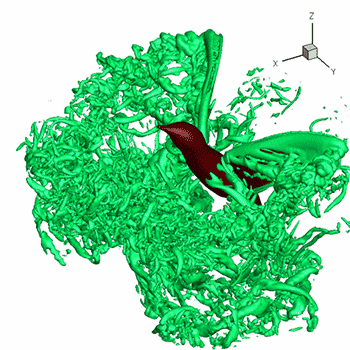How do you graph #y=(x-1)/(x+5)# using asymptotes, intercepts, end behavior?
1 Answer
Find the VA, HA, and intercepts, then graph as shown below.
Explanation:
The vertical asymptote (VA) is found by setting the denominator equal to zero.
The horizontal asymptote (HA) is found by comparing the degree of the numerator to the degree of the denominator.
If the degree of the denominator is greater than the degree of the numerator, the HA is
If the degree of the denominator is equal to the degree of the numerator, the HA is the leading coefficient of the numerator divided by the leading coefficient of the denominator.
In this example, the degree of both the numerator and denominator is
The HA is
If the degree of the denominator is one less than the degree of the numerator, there is an oblique asymptote(OA). This function does not have an OA.
To find the
The
To find the
The
To summarize:
VA:
HA:
x-intercept:
y-intercept:
To find end behavior:
First graph the intercepts. Note that the
Because the VA has an "odd degree" of
![desmos.com]()

